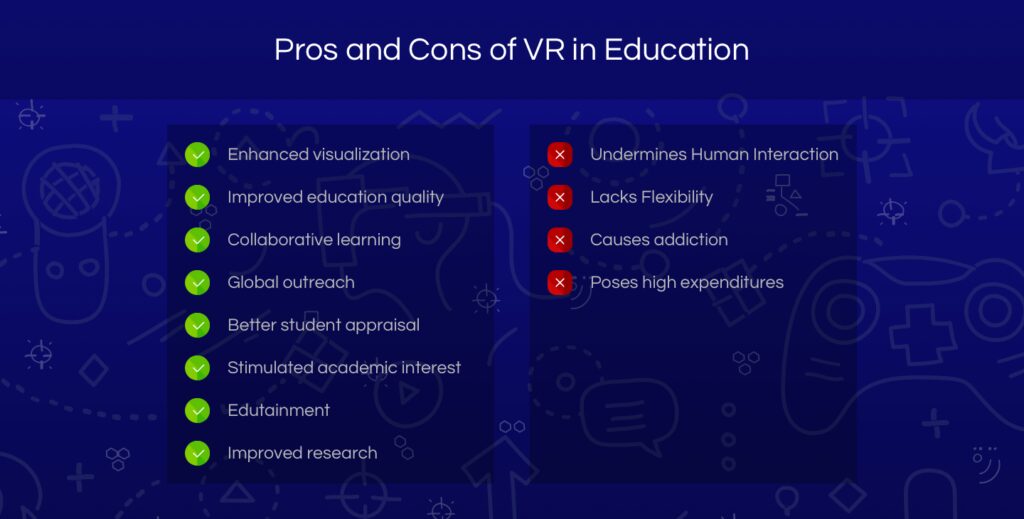Unity is a popular game engine for developing virtual reality (VR) games, but there are both pros and cons to consider when using this platform. The advantages of using Unity for VR game development include cross-platform compatibility, ease of use, and community support. However, the platform’s limitations include performance issues, costs of development, and limited flexibility. Developers who choose to use Unity for VR game development should be aware of these pros and cons and weigh them carefully before starting their projects. By doing so, developers can create immersive and engaging VR games that offer memorable experiences to players.
The Pros and Cons of Using Unity for Virtual Reality Game Development
Virtual Reality (VR) is an emerging technology that is gaining popularity with gamers and developers. VR game development involves the creation of immersive and interactive game environments that transport players to virtual worlds. Unity is a popular game engine used for developing VR games, but there are pros and cons to consider when using this platform. In this article, we will explore the advantages and disadvantages of using Unity for VR game development.
The Pros of Using Unity for VR Game Development
1. Cross-Platform Compatibility
Unity is known for its cross-platform compatibility, making it easier for developers to create games that are compatible with multiple platforms. This feature is especially useful for VR game development because VR platforms are still evolving, and developers must cater to different hardware specifications. Unity provides tools that allow developers to create a VR game that is compatible with Gear VR, Oculus Rift, PlayStation VR, and HTC Vive. This flexibility saves developers time and resources that would otherwise be used in developing games that are compatible with specific VR hardware.
2. Easy to Use
Unity is designed to be user-friendly and accessible to both experienced and novice developers. The platform has a simple and intuitive interface that makes it easy to import and manipulate assets, create animations, and program game logic. Additionally, Unity provides a wide range of pre-built assets and tools that developers can use to create VR games. This feature makes it easier for developers to create VR games without spending too much time on basic functionality, allowing them to focus on game mechanics and design.
3. Community Support
The Unity community is a vibrant network of developers, artists, and enthusiasts who share knowledge, resources, and feedback. This community support is beneficial to VR game developers because they can get assistance, advice, and feedback from other developers who have experience creating VR games. Additionally, the Unity Asset Store offers an extensive collection of assets, plugins, and resources that developers can use to create VR games efficiently. These resources can also be customized to fit a developer’s specific needs.
The Cons of Using Unity for VR Game Development
1. Performance Issues
VR games require high performance and frame rates to provide an immersive experience for players. Unity’s performance capabilities can be limited, making it challenging to optimize performance for VR games. VR games that are developed on Unity may experience issues related to lag, motion sickness, and lower frame rates, which can impact gameplay and user experience. This limitation can be addressed by optimizing the game’s performance, reducing unnecessary assets, and using hardware-specific features when developing games.
2. Cost of Development
Developing a VR game on Unity can be expensive, especially for developers who are new to the platform. Unity offers various pricing plans, including free and paid plans, depending on the developer’s needs. However, developers may still incur additional costs to purchase assets or hire additional staff to work on the project. These costs can be a barrier to entry for smaller game development companies or indie developers who have limited budgets for their projects.
3. Limited Flexibility
Unity provides a wide range of pre-built assets and tools that are designed to make game development easier. These assets and tools can be customized, but there is a limit to the extent of customization that developers can achieve. This limitation can make it challenging for developers who have specific design or game mechanics requirements that do not fit within Unity’s default settings. This drawback can be addressed by developing custom assets, scripts, and plugins, but this requires advanced programming skills and additional time.
Conclusion
Unity is a popular game engine for developing VR games, but there are pros and cons to consider when using this platform. The advantages of using Unity include cross-platform compatibility, ease of use, and community support. However, the platform’s limitations include performance issues, costs of development, and limited flexibility. Developers who choose to use Unity for VR game development should be aware of these pros and cons and weigh them carefully before starting their projects. By doing so, developers can create immersive and engaging VR games that offer memorable experiences to players.
